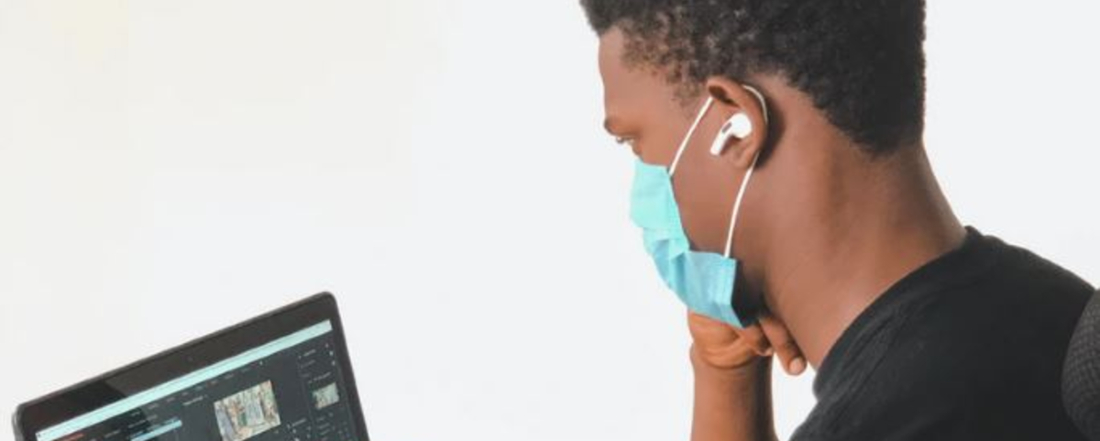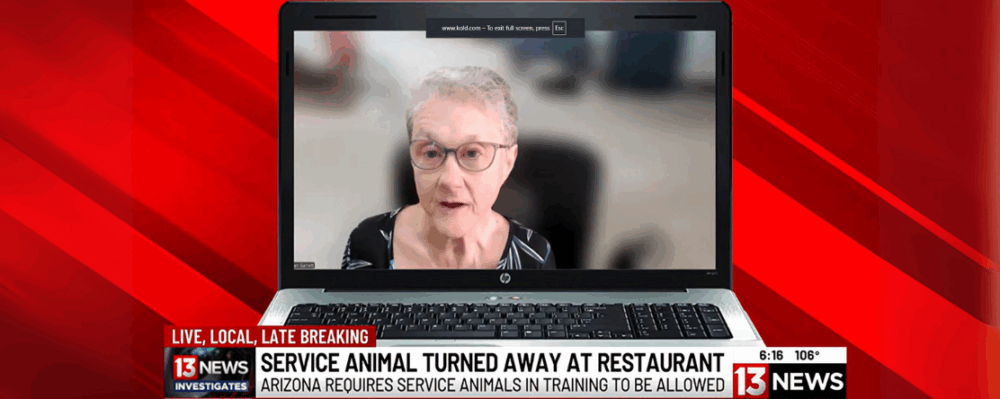
In the News
As Delta Surges, Contact Tracing Re-Takes COVID Center Stage
- WebMD
-
Focus Areas
Communicable Disease Prevention, Healthy Communities -
Issues
Workforce Development -
Expertise
Public-Private Partnerships -
Programs
Tracing Health -
Strategic Initiatives
COVID-19

As the pandemic raged last year, Ilish Pérez, a contact tracer and case interviewer for the Los Angeles County Department of Public Health, would often reach out to more than 100 people a day. She would talk to people about their positive COVID test result and tell others that they had been exposed to COVID.
Once the vaccines became available, and new cases slowed, her call list grew shorter. Just a few months ago, she sometimes had as few as 10 contacts a day to reach.
But now, with the Delta variant triggering a dramatic uptick in cases, Pérez and other public health workers and officials nationwide involved in contact tracing have geared back up.
While contact tracing — the process of identifying people potentially exposed to someone infected and advising them to quarantine and test — has taken a back seat in recent months to pandemic control plans, experts say it’s time to ramp it up again.
It’s also time, some say, to do contact tracing smarter. That means merging it with testing and vaccination efforts.
Understanding Culture, Language Differences
“Contact tracing is fundamentally an exercise in trust building,” says Emily Henke, executive director of the Oregon Public Health Institute (OPHI). She’s also director of the local office of Tracing Health, a partnership between OPHI and the Public Health Institute that focuses on advancing health equity.
It’s difficult to build that trust if the contact tracer doesn’t understand the language or the culture of the person they are calling.

What makes a good contact tracer is someone who can be there for that person and move the conversation forward, to help them understand there are supports out there to help them.Emily Henke, Tracing Health
Click below to read the full story in WebMD.
Originally published by WebMD
More Updates
Work With Us
You change the world. We do the rest. Explore fiscal sponsorship at PHI.
Support Us
Together, we can accelerate our response to public health’s most critical issues.
Find Employment
Begin your career at the Public Health Institute.



